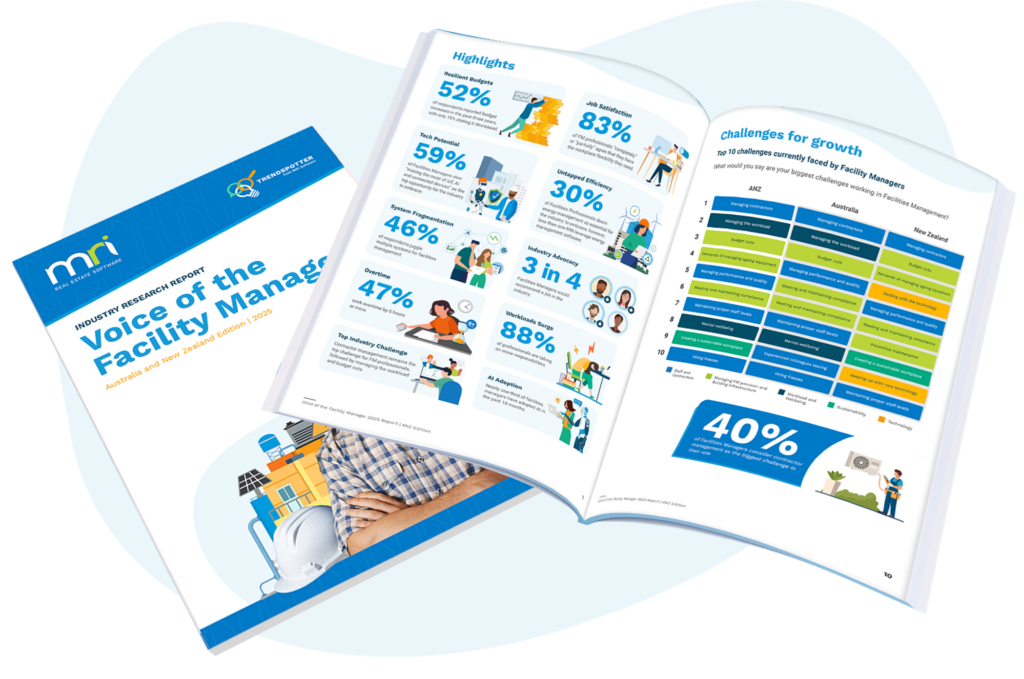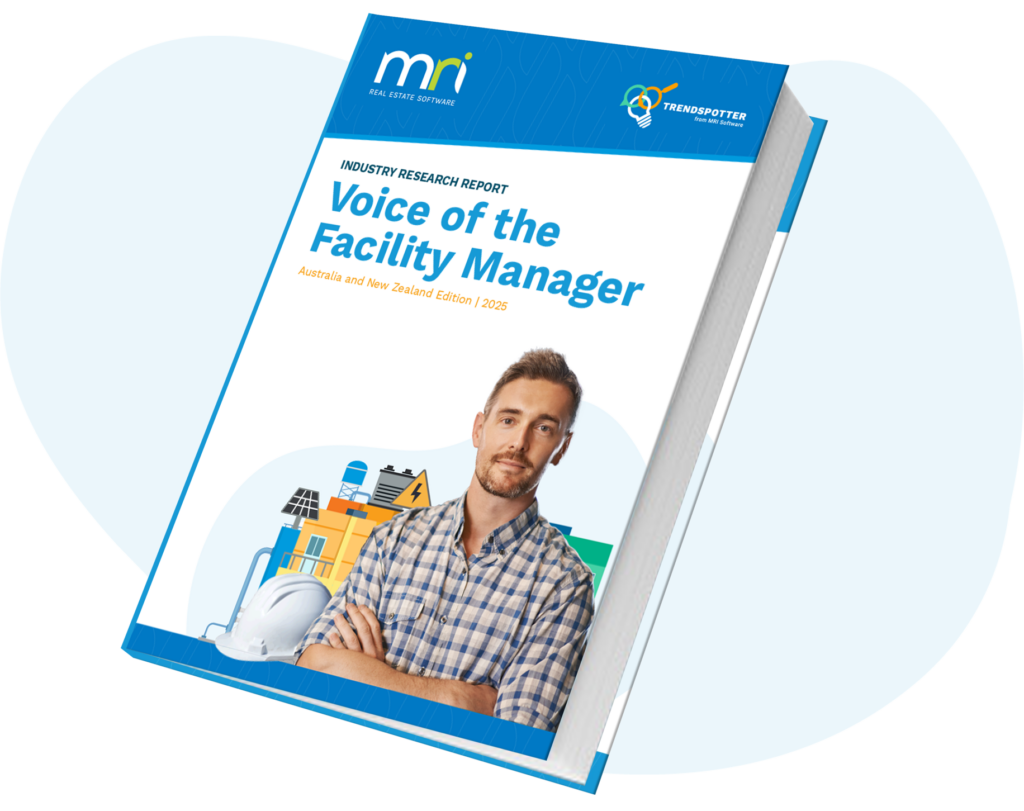What is space management in facilities management
Managing physical space efficiently is a crucial part of facilities management, ensuring that work environments are functional, cost-effective, and aligned with business needs. Without a structured approach, organisations can face challenges such as underutilised areas, overcrowding, and rising operational costs. Understanding what is space management is essential for optimising real estate investments and improving workplace productivity.
MRI Software provides advanced space management software to help businesses track space usage, streamline facility planning, and make data-driven decisions. By integrating powerful analytics and automation, MRI Software’s solutions enable facilities managers to reduce waste, improve efficiency, and create flexible workspaces that support evolving business needs. Implementing the right technology ensures that every square metre is used effectively, enhancing both financial and operational performance.
Table of contents:
- The importance of space management in modern facilities
- Key benefits of effective space management
- How technology enhances space management efficiency
- Best practices for implementing space management solutions
- How MRI Software supports space management in facilities
The importance of space management in modern facilities
As businesses evolve, so do their space requirements. Traditional office layouts with fixed seating arrangements are becoming less common as companies embrace flexible working models. This shift has made space management more important than ever, ensuring that facilities can support hybrid working, team collaboration, and individual productivity.
Poor space management can lead to inefficiencies, such as overcrowded areas, unused workstations, and excessive operational expenses. On the other hand, a well-planned facility allows businesses to optimise real estate costs, improve resource allocation, and create a workspace that meets employees’ needs. Beyond financial benefits, effective space management also contributes to workplace safety, compliance, and overall organisational efficiency.
Key benefits of effective space management
Managing space efficiently offers multiple advantages, from cost savings to improved employee experiences. Some of the key benefits include:
- Cost reduction: Optimising workspace layouts can lower real estate expenses by reducing the need for additional office space.
- Improved employee productivity: A well-structured workplace with designated areas for collaboration, focus, and relaxation enhances efficiency and engagement.
- Better resource allocation: Organisations can allocate desks, meeting rooms, and shared spaces based on actual demand, ensuring optimal utilisation.
- Sustainability benefits: Reducing wasted space can lower energy consumption and contribute to environmentally friendly workplace practices.
How technology enhances space management efficiency
Technology has transformed the way organisations manage their facilities. Digital tools help businesses track occupancy levels, monitor space usage, and optimise layouts based on real-time data. By integrating space management software, companies can streamline operations and make informed decisions that improve efficiency.
Space optimisation: reducing costs & maximising utilisation
Space optimisation focuses on making the most of available resources without compromising employee comfort or productivity. Facilities managers need to evaluate how different areas are used throughout the day to identify opportunities for improvement. Underutilised spaces can be repurposed, while overcrowded areas can be redesigned to accommodate demand.
For example, meeting rooms equipped with occupancy sensors can provide insights into booking patterns, helping businesses adjust room sizes and availability. Shared workspaces can also benefit from flexible seating arrangements, ensuring that no space goes unused. When space is managed effectively, organisations can operate more efficiently while maintaining a comfortable and functional environment for employees.
Workplace productivity and space utilisation strategies
The way a workspace is designed directly impacts employee performance. Cluttered, poorly planned layouts can lead to distractions and inefficiencies, while well-designed spaces foster collaboration and concentration. Strategies for improving space utilisation include:
- Activity-based working: Creating designated areas for focused work, meetings, and social interactions encourages employees to use spaces more effectively.
- Flexible seating arrangements: Hot desking and shared workstations allow businesses to adapt to workforce changes without requiring additional office space.
Organisations that implement these strategies can improve employee well-being and optimise their facilities, ensuring that every space serves a purpose.
Best practices for implementing space management solutions
To make space management successful, organisations must take a structured approach that aligns with business needs. The following steps help ensure effective implementation:
First, conducting a thorough space audit provides insights into current utilisation levels, identifying underused areas and overcrowded sections. This data helps organisations create an action plan that maximises efficiency.
Engaging employees in the planning process is also essential. Gathering feedback on workspace preferences allows businesses to design environments that support different working styles. When employees have access to spaces that suit their tasks, overall productivity improves.
Finally, businesses should invest in space management software that integrates with existing facility management systems. These tools provide real-time data and automation features that streamline operations, from desk bookings to occupancy tracking. With the right software, organisations can continuously monitor and adjust their space management strategies.
How MRI Software supports space management in facilities
MRI Software provides comprehensive space management solutions that help organisations optimise their facilities and improve workplace efficiency. By leveraging data-driven insights, businesses can monitor occupancy levels, manage desk allocations, and streamline space planning processes.
With MRI’s technology, facilities managers can gain a clear understanding of space utilisation trends and make informed decisions that enhance operational efficiency. Whether optimising office layouts or managing multiple locations, MRI’s solutions provide the tools needed to create a workspace that meets both business and employee needs.
To find out more about how we can help, contact us today on 1300 657 700.
Voice of the Facility Manager Report ANZ Edition
Discover the key trends and challenges shaping the FM industry in 2025.

Voice of the Facility Manager Report – 2025 Australian & New Zealand Edition
The role of the Facilities Manager is ever-evolving. From the adoption of new technologies like AI to the need to adapt practices to suit today’s more flexible building usage requirements, Facilities Managers are being asked to balance numerous respo…

